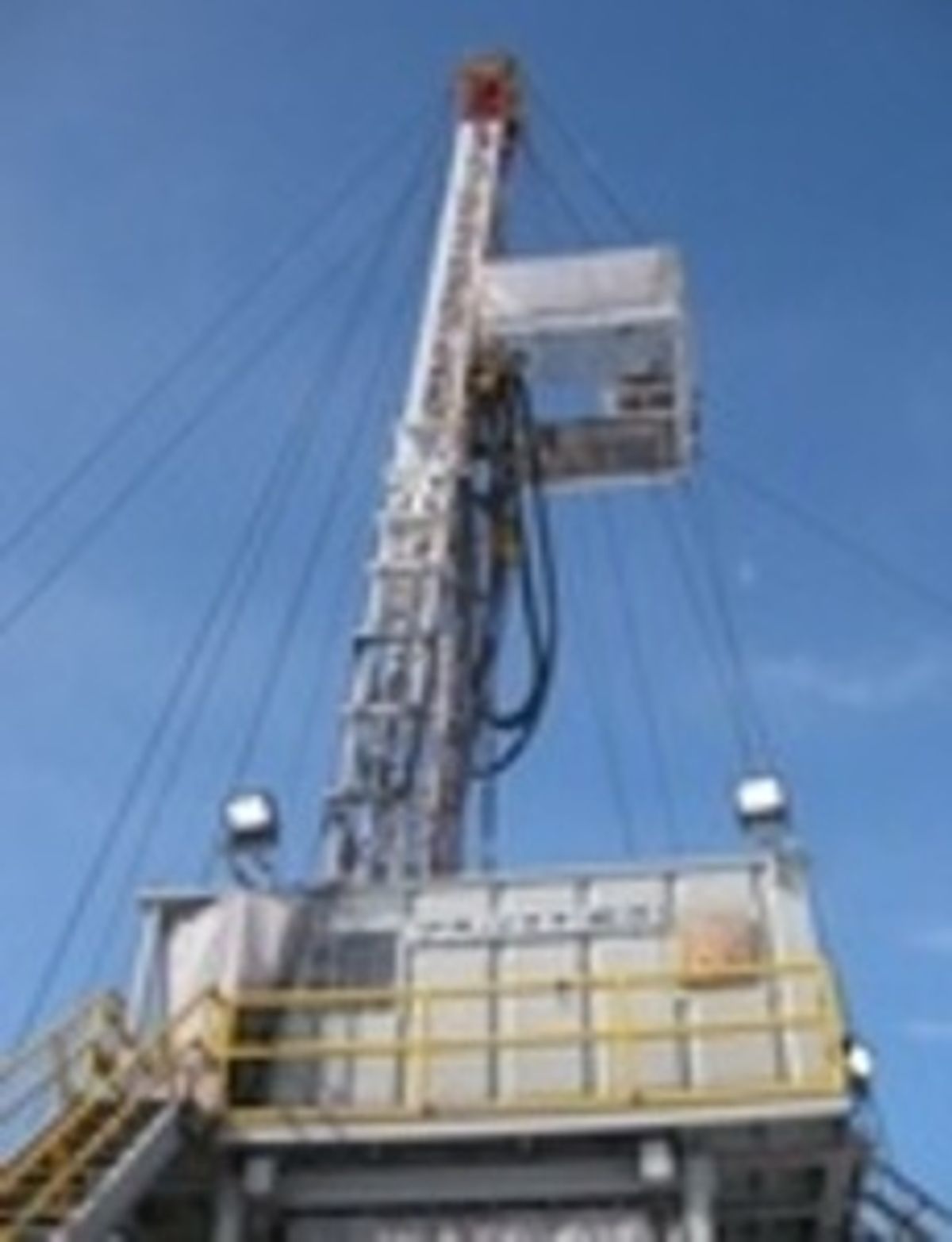The U.S. natural gas industry has been advertising itself as a bridge to an energy future belonging to wind, and that may be an understatement or even be the opposite of the truth: It may turn out--when we look back on the present day from mid century or later--that wind will have been a bridge to what's called in the industry "unconventional" gas. That refers in theory both to methane obtained as a byproduct of coal mining and to gas extracted by means of hydraulic fracturing or "fracking." But for all practical purposes--so dramatic has been the revolution in shale gas--it refers just to fracking.
But the higher its profile, the more unconventional gas is destined to be questioned. New York State has put a moratorium on gas drilling to protect New York City's pristine water supply. France has flatly banned it, at least till further notice. And this last week, in ExxonMobil's and Chevron's annual shareholder meetings, resolutions calling for more transparency in corporate fracking plans garnered substantial support--41 percent of voting stockholders in the case of Chevron, 28 percent in the case of ExxonMobil.
Concerns about integrity of water supplies are paramount, but they are not the only concerns. (A recent study published in the Proceedings of the National Academy of Science found 17 times as much methane in water wells located in fracking areas as the average in non-fracking areas.) Another major one from a policy standpoint is leakage of gas from drilling operations and distribution systems. In terms of public policy, one of gas's selling points is its relatively small carbon footprint--for any given amount of electricity generated, emissions from gas-fired turbines are about half those from a coal-fired generating plant. But methane is a much more potent greenhouse gas than carbon dioxide, and so if large quantities are leaking into the atmosphere, the supposedly benign impact of switching from coal to gas could be cancelled.
Recent studies have found that in the United States, "as much as 7.9 percent of [natural gas] puffing out from shale gas wells, intentionally vented or flared, or seeping from loose pipe fittings along gas distribution lines," The New York Times reported.This is an important subject we will know a lot more about when scientists start to directly measure greenhouse gas emissions on a regional basis, an endeavor that's in its infancy. To date, estimates of national emissions are derived from known sources, mostly importantly electricity generators and gasoline (petrol) burned in internal combustion engines. Direct emissions measurements taken in the atmosphere may reveal significant sources that have been underestimated in the past.



